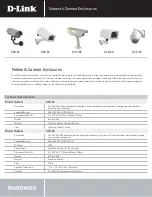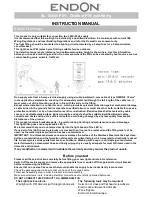
A C C O M P L I S H I N G T H E R E F L O W P R O C E S S
The Reflow Profile
11-118
Bravo™ 8105 Programming and Operations Guide
Rev. 2
1 1
The Reflow Profile
Introduction
A recipe profile consists of time and temperature parameters that dictate how
long the assembly is processed and at what temperature. Profiling is the method
of determining the proper time/temperature relationship of solder joints on an
assembly that it must sustain through the reflow process.
Profiles and Profiling
Profiling involves measuring, recording and documenting the temperature
variations on an assembly as it is processed. All solder paste manufacturers
supply a “recommended reflow profile” with their product designed to yield the
highest quality results.
Results are dictated by such solder paste characteristics as solder alloy, solder
sphere size, metal content of the solder paste and the chemistry of the solder
paste. Also necessary for consideration are the mass, surface geometry
complexity and substrate conductivity of that assembly, as well as the oven’s
capability to impart sufficient heat energy.
When designing a recipe profile, refer to the data that the solder paste
manufacturer provides. The paste manufacturer generally provide peak reflow
temperature (full liquidus temperature), pre–reflow soak temperature and
maximum duration information on their product data sheets.
If the paste specifications are not provided with the solder paste, call the solder
paste manufacturer.
Profiling Process
When the paste specifications are incorporated into a working profile, it is
important to monitor the process to determine that it performs adequately.
Attach a thermocouple to an assembly with either a high–temperature solder
alloy or a conductive epoxy. It is worth sacrificing an assembly to use for
profiling, so that the accuracy and repeatability of the profile for that board can
be checked. If the production runs are low quantity/high mix, consider non–
destructive attachable thermocouple probes.
Refer to the instructions from the thermal profiler manufacturer to interpret the
specific data collected.
The three most common parameters measured with profiling are peak
temperature, maximum slope (ramp rate), and time above reflow (time above
liquidus; TAL).
Содержание Bravo 8105
Страница 2: ...Bravo 8105 Programming and Operations Guide ...
Страница 14: ...T A B L E O F C O NT E N T S xiv Bravo Programming and Operations Guide Rev 2 ...
Страница 42: ...T E C H N IC A L D A T A Electrical Information 2 28 Bravo 8105 Programming and Operations Guide Rev 2 2 ...
Страница 90: ...A LA R M S Alarm History 7 76 Bravo 8105 Programming and Operations Guide Rev 2 7 ...
Страница 126: ...M A IN T D IA G S C R E E N S PLC Status 10 112 Bravo 8105 Programming and Operations Guide Rev 2 10 ...










































